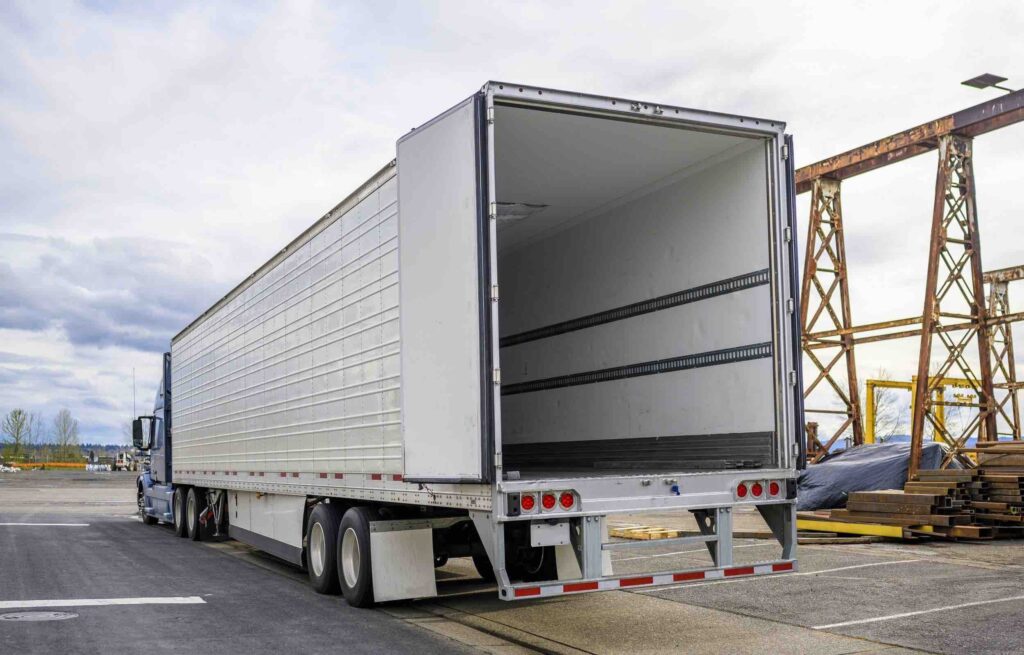Knowledge Hub
Empty Miles in Last Mile Delivery

“Empty miles” is known as the distance a truck must travel while carrying no cargo.
In recent years, the percentage of UK trucks running empty has been on the rise, with statistics for 2022 showing one in three lorries on the roads are driving empty (Department for Transport DfT). With road freight accounting for about 53% of transportation emissions, it is important to search for ways to reduce journeys.
Fuel prices are rising at startling rates which increasingly impacts the costs of serving customers. In a recent report by the International Road Transport Union, the cost of sending goods by road freight in Europe has reached an “all time high.”
One way to reduce unnecessary trips and empty vehicles is to take the weight of items being delivered across all destinations and delivery windows to be able to determine the most efficient routes and optimized loads. This can be done for deliveries through an outsourced partner at the beginning of the day. Along with optimizing loads, there are ways to securely stack pallets to ensure loads are closer to capacity. This could be in the form of package designs where companies make the decision to reduce waste and space through their packaging efforts.
Another way to help reduce empty miles is by load consolidation or load sharing. For instance, partial loads can be combined to fill up the entire truck and loads can be shared for stores in the same area so that unnecessary trips are reduced. This can be done through the same company with different delivery destinations or different companies in collaboration with each other.
Both greenhouse gas reductions and overall cost savings are the benefits of reducing empty miles in transportation and moving toward more sustainable solutions for last mile delivery.




